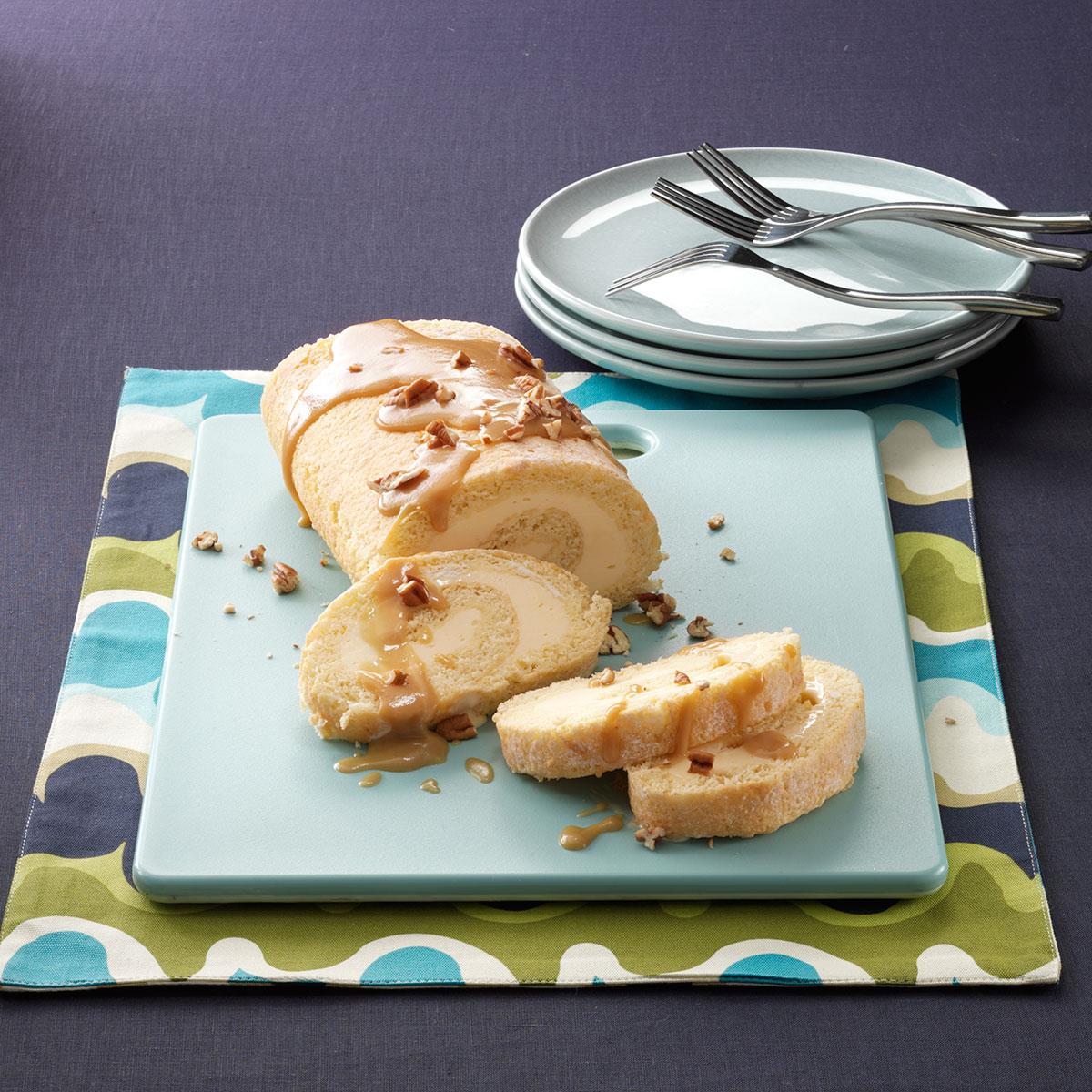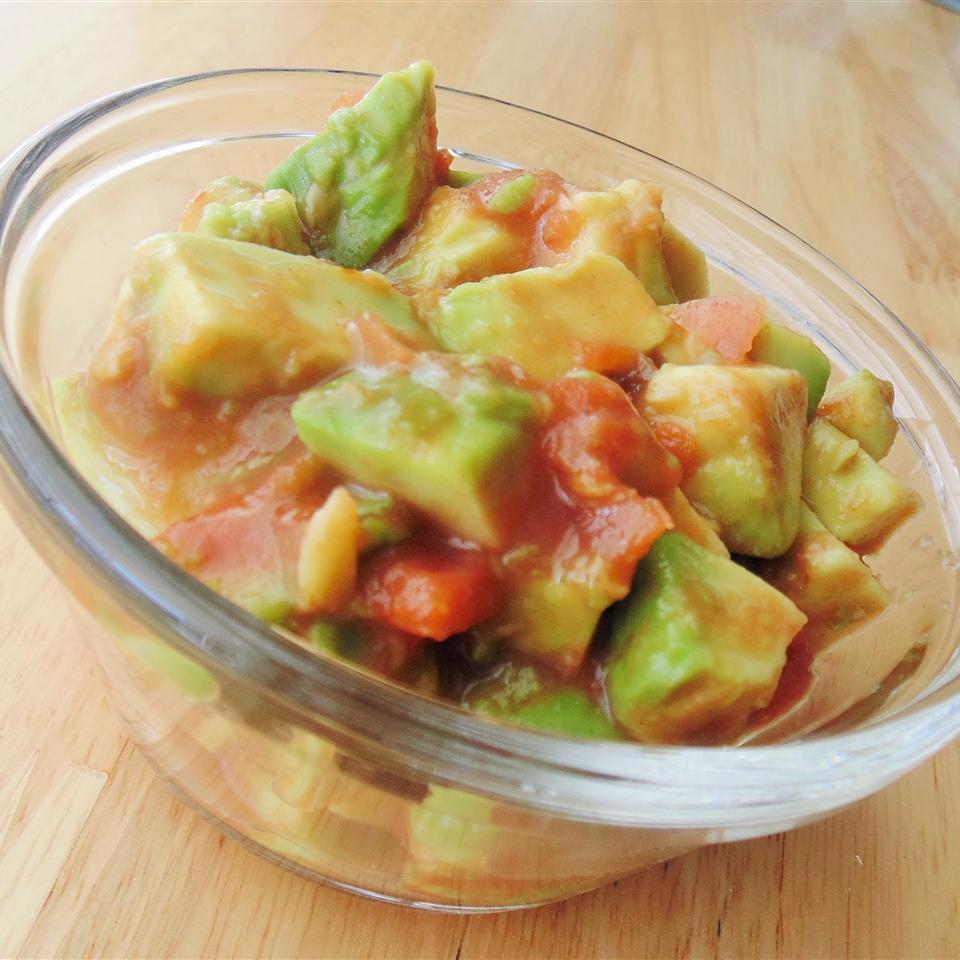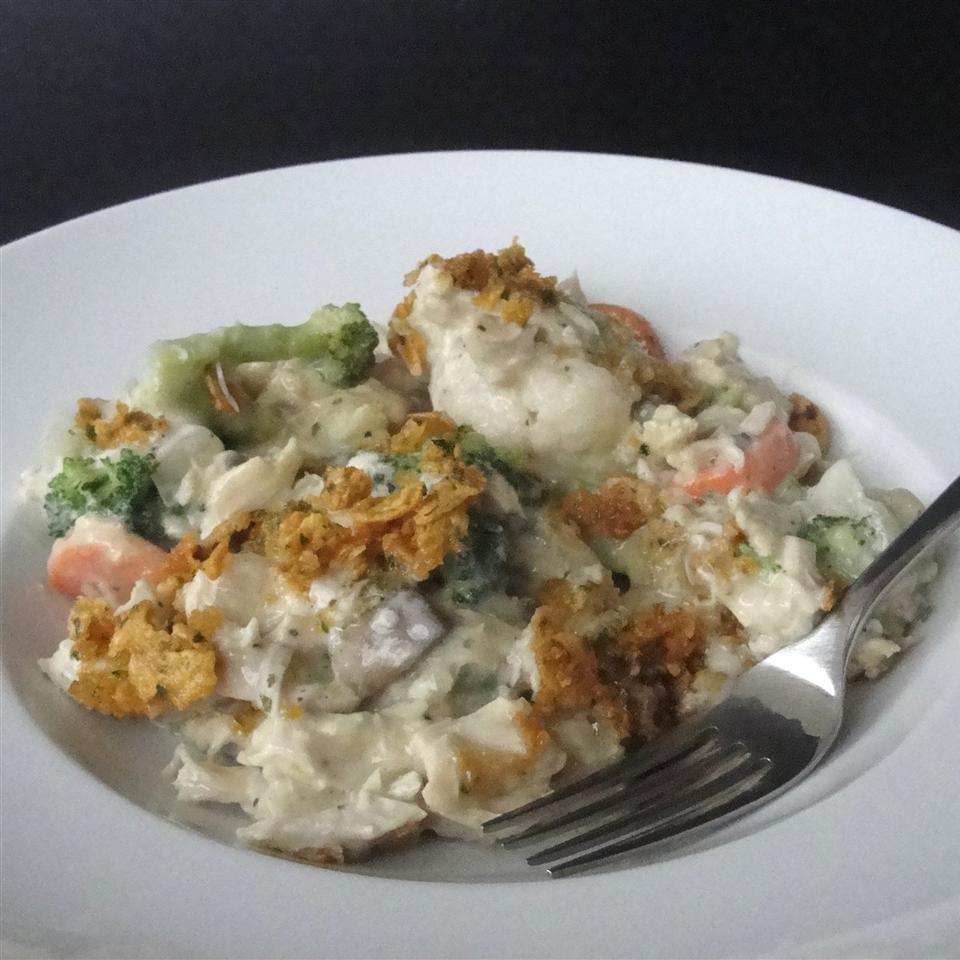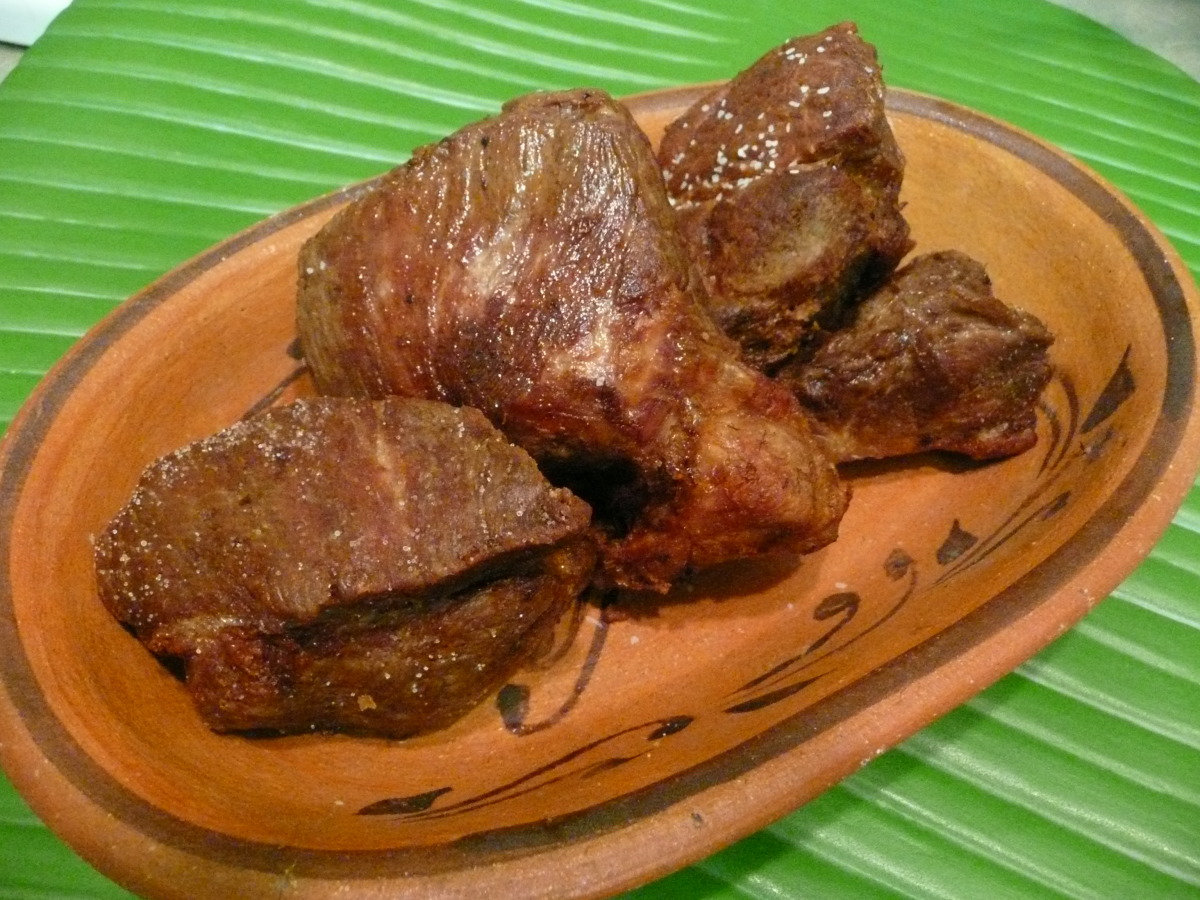
Provided by Melissa Clark
Steps:
- We may think of it as decadent, but cassoulet is at heart a humble bean and meat stew, rooted in the rural cooking of the Languedoc region. But for urban dwellers without access to the staples of a farm in southwest France - crocks of rendered lard and poultry fat, vats of duck confit, hunks of meat from just-butchered pigs and lambs - preparing one is an epic undertaking that stretches the cook. The reward, though, may well be the pinnacle of French home cooking.Cassoulet does take time to make: there is overnight marinating and soaking, plus a long afternoon of roasting and simmering, and a few days on top of that if you make your own confit. However, it is also a relatively forgiving dish, one that welcomes variation and leaves room for the personality of the cook - perhaps more than any other recipe in the canon. As long as you have white beans slowly stewed with some combination of sausages, pork, lamb, duck or goose, you have a cassoulet.The hardest part about making a cassoulet when you're not in southwest France is shopping for the ingredients. This isn't a dish to make on the fly; you will need to plan ahead, ordering the duck fat and confit and the garlic sausage online or from a good butcher, and finding sources for salt pork and fresh, bone-in pork and lamb stew meat. The beans, though, aren't hard to procure. Great Northern and cannellini beans make fine substitutes for the Tarbais, flageolet and lingot beans used in France.Then give yourself over to the rhythm of roasting, sautéing and long, slow simmering. The final stew, a glorious pot of velvety beans and chunks of tender meat covered by a burnished crust, is well worth the effort.
- Named for the cassole, the earthenware pot in which it is traditionally cooked, cassoulet evolved over the centuries in the countryside of southwest France, changing with the ingredients on hand and the cooks stirring the pot.The earliest versions of the dish were most likely influenced by nearby Spain, which has its own ancient tradition of fava bean and meat stews. As the stew migrated to the Languedoc region, the fava beans were replaced by white beans, which were brought over from the Americas in the 16th century.Although there are as many cassoulets as there are kitchens in the Languedoc, three major towns of the region - Castelnaudary, Carcassonne and Toulouse - all vigorously lay claim to having created what they consider to be the only true cassoulet. It is a feud that has been going on at least since the middle of the 19th century, and probably even longer.In 1938, the chef Prosper Montagné, a native of Carcassonne and an author of the first version of "Larousse Gastronomique," attempted to resolve the dispute. He approached the subject with religious zeal, calling cassoulet "the god of Occidental cuisine" and likening the three competing versions to the Holy Trinity. The cassoulet from Castelnaudary, which is considered the oldest, is the Father in Montagné's trinity, and is made from a combination of beans, duck confit and pork (sausages, skin, knuckles, salt pork and roasted meat). The Carcassonne style is the Son, with mutton and the occasional partridge stirred in. And the version from Toulouse, the Holy Spirit, was the first to add goose confit to the pot.The recipe for cassoulet was codified by the "États Généraux de la Gastronomie" in 1966, and it was done in a way that allowed all three towns to keep their claims of authenticity. The organization mandated that to be called cassoulet, a stew must consist of at least 30 percent pork, mutton or preserved duck or goose (or a combination of the three elements), and 70 percent white beans and stock, fresh pork rinds, herbs and flavorings.That settled the question of which meats to use. But there are two other main points of contention that still inspire debate: the use of tomatoes and other vegetables with the beans, and a topping of bread crumbs that crisp in the oven. Julia Child chose to do both, as we do here. "The Escoffier Cookbook" and "Larousse Gastronomique" give some recipes that include the tomatoes, vegetables and bread crumbs, and some that omit them. The beauty of it is that if you make your own cassoulet, you get to decide.Above, "The Kitchen Table" by Jean-Siméon Chardin (1699-1779).
- Casserole dish You will need a deep casserole dish that holds at least eight quarts, or a large Dutch oven, to bake the cassoulet. If you use a Dutch oven, you won't need the cover. The cassoulet needs to bake uncovered to develop a crisp crust.Baking sheets All of the ingredients for a cassoulet are cooked before being combined and baked again. The meat can be cooked in any number of ways; here, the pork and lamb stew meat is roasted on rimmed baking sheets so that it browns.Large pot The beans and garlic sausage (or kielbasa) are cooked in a large pot before they are added to the casserole, though you could use a slow cooker or pressure cooker, if you have one. You will also need a second small pot for simmering the salt pork.Wirecutter, a product recommendations website owned by The New York Times Company, has guides to the best Dutch ovens and baking sheets.
- This slow-cooked casserole requires a good deal of culinary stamina. But the voluptuous combination of aromatic beans with rich chunks of duck confit, sausage, pork and lamb is worth the effort. Serve it with a green salad. It doesn't need any other accompaniment, and you wouldn't have room for one anyway.
- The hardest part of making a cassoulet may be obtaining the ingredients. Beyond that, it helps to think of cooking and building it in stages. Once you've gathered and prepared the components (the meat, beans, salt pork, sausage, duck confit and bread crumb topping), assembling the dish is just a matter of layering the elements.• You can use any kind of roasted meats for a cassoulet, and the kinds vary by region. Substitute roasted chicken, turkey or goose for the duck confit, bone-in beef for the lamb and bone-in veal for the pork. Lamb neck is a great substitute for the bone-in lamb stew meat, and you can use any chunks of bone-in pork, like pork ribs, in place of the pork stew meat. (The bones give the dish more flavor, and their gelatin helps thicken the final stew.)• Do not use smoked sausages in the beans, or substitute smoked bacon for the salt pork. The smoky flavor can overwhelm the dish, and it is not traditional in French cassoulets. If you can't find salt pork, pancetta will work in its place, and you won't need to poach it beforehand.• You can buy duck confit at gourmet markets or order it online. If you'd prefer to make it yourself, this is how to do it: Rub 4 fresh duck legs with a large pinch of salt each. Place in a dish and generously sprinkle with whole peppercorns, thyme sprigs and smashed, peeled garlic cloves. Cover and let cure for 4 to 24 hours in the refrigerator. When ready to cook, wipe the meat dry with paper towels, discarding the garlic, pepper and herbs. Place in a Dutch oven or baking dish and cover completely with fat. (Duck fat is traditional, but olive oil also works.) Bake in a 200-degree oven until the duck is tender and well browned, 3 to 4 hours. Let duck cool in the fat before refrigerating. Duck confit lasts for at least a month in the refrigerator and tastes best after sitting for 1 week.• Don't think the meat is the only star of this dish. The beans need just as much love. You want them velvety, sitting in a trove of tomato, stock and rich fat. Buy the best beans you can, preferably ones that have been harvested and dried within a year of cooking. The variety of white bean is less important than their freshness.• Bread crumbs aren't traditional for cassoulet, but will result in a topping with an especially airy and crisp texture. Regular dried bread crumbs, either bought or homemade, will also work.• When you roast the meat, leave plenty of space between the chunks of meat so they brown nicely. More browning means richer flavor. You can also use leftover roasted meat if you have them on hand.• The bouquet garni flavors both the beans and the bean liquid, which is used to moisten the cassoulet as it bakes. To make one, take sprigs of parsley and thyme and a bay leaf and tie them together with at least 1 foot of kitchen string. Tuck the bay leaf in the middle of the bouquet and make sure you wrap the herbs up thoroughly, several times around, so they don't escape into the pot.• Feel free to use a slow cooker or pressure cooker for the beans. Add the garlic sausage (or kielbasa) about halfway through the cooking time. It doesn't have to be exact, since the sausage is already cooked; you're adding it to flavor the beans and their liquid.• Use a very large skillet, at least 12 inches, for sautéing the sausages and finishing the beans before you layer them into the casserole dish. • In this recipe, the beans are finished in a tomato purée, which reduces and thickens the sauce of the final cassoulet. But you can substitute a good homemade stock for the purée. You'll get a soupier cassoulet, but it's just as traditional without the tomatoes.• The salt pork is layered in strips into the bottom of the baking dish. Then, while cooking, it crisps and turns into a bottom crust for the stew. So it is important to slice it thinly and carefully place it in a single layer on the bottom of the dish (and up the sides, if you have enough). Don't overlap it very much, or those parts won't get as crisp.• The reserved bean liquid is added to the cassoulet for cooking, and its starchiness is what keeps the stew thick and creamy. Using stock instead would make for a soupier but still delicious cassoulet.• You create a substantial top crust with crunch by repeatedly cracking the very thick layer of bread crumbs as the cassoulet cooks, and by drizzling the topping with bean liquid, which browns and crisps up in the heat. It's best to crack the topping in even little taps from the side of a large spoon. You are looking to create more texture and crunch by exposing more of the bread crumbs to the hot oven and bean liquid, which should be drizzled generously and evenly.• If you like you can skip the bread crumbs entirely, which is just as traditional. The top will brown on its own, but there won't be a texturally distinct crust.• You do not have to make the cassoulet all in one go. You can break up the work, cooking the separate elements ahead of time and reserving them until you are ready to layer and bake the cassoulet. Or assemble the cassoulet in its entirety ahead of time, without bread crumbs, and then top and bake just before serving.
- Photography Food styling: Alison Attenborough. Prop styling: Beverley Hyde. Additional photography: Karsten Moran for The New York Times. Additional styling: Jade Zimmerman. Video Food styling: Chris Barsch and Jade Zimmerman. Art direction: Alex Brannian. Prop styling: Catherine Pearson. Director of photography: James Herron. Camera operators: Tim Wu and Zack Sainz. Editing: Will Lloyd and Adam Saewitz. Additional editing: Meg Felling.
- All Chapters
- Soufflé
Are you curently on diet or you just want to control your food's nutritions, ingredients? We will help you find recipes by cooking method, nutrition, ingredients...
Check it out »
You'll also love














Ervin S√°nchez
[email protected]This cassoulet was a disappointment. The beans were overcooked and the meat was dry. I won't be making this recipe again.
Sajidhussain Official
[email protected]I love this cassoulet! It's my go-to comfort food. I especially love the crispy breadcrumb topping. It's the perfect way to finish off this hearty and delicious dish.
Ticci Lizzy
[email protected]This cassoulet is a bit time-consuming to make, but it's worth it. The flavors are amazing. I especially liked the combination of the beans, sausage, and bacon. I'll definitely be making this again.
Kalim Baloch
[email protected]I'm a vegetarian, so I made this cassoulet without the meat. It was still delicious! I used extra vegetables instead of the meat, and it turned out great. I'll definitely be making this again.
Michele Warthen
[email protected]This cassoulet is a bit too spicy for my taste. I think I'll use less chili powder next time. Otherwise, it was a good recipe. The beans were cooked perfectly, and the meat was tender.
Petar Virijevic
[email protected]I've made this cassoulet several times now, and it's always a hit. I love the fact that it can be made ahead of time, which makes it perfect for busy weeknights. I also love the crispy breadcrumb topping. It's the perfect way to finish off this heart
EDMUND Is The Brand
[email protected]This cassoulet is the perfect winter meal. It's hearty, flavorful, and comforting. I love serving it with a side of crusty bread to soak up all the delicious sauce.
SK HR GMAR
[email protected]This cassoulet is a bit heavy for my taste. I think I'll use less meat and more vegetables next time. Otherwise, it was a good recipe. The beans were cooked perfectly, and the sauce was flavorful.
Edward Benijo
[email protected]I love this cassoulet! It's my go-to comfort food. I especially love the crispy breadcrumb topping. It's the perfect way to finish off this hearty and delicious dish.
Angela Sharp
[email protected]This cassoulet was a bit bland for my taste. I think I'll add more herbs and spices next time. Otherwise, it was a good recipe. The beans were cooked perfectly, and the meat was tender.
Muhammad haroonali
[email protected]I'm not a very experienced cook, but this recipe was easy to follow. I was able to make this cassoulet without any problems. It turned out great, and my family loved it.
moriti dolly
[email protected]This cassoulet was a bit time-consuming to make, but it was worth it. The flavors were amazing. I especially liked the combination of the beans, sausage, and bacon. I'll definitely be making this again.
Juliana Enitan
[email protected]I made this cassoulet for a dinner party, and it was a huge hit! Everyone loved it. I especially liked the fact that it's a one-pot meal. It made cleanup a breeze.
Dickson Pastor
[email protected]This cassoulet was a bit too salty for my taste. I think I'll reduce the amount of salt I use next time. Otherwise, it was a very good recipe. The beans were cooked perfectly, and the meat was tender and flavorful.
Sydney Savage
[email protected]I'm not a huge fan of beans, but I loved this cassoulet. The beans were cooked perfectly, and they were so flavorful. I especially liked the crispy breadcrumb topping. It added a nice textural contrast to the soft beans and meat.
Biniyam Belay
[email protected]This cassoulet was absolutely delicious! I followed the recipe exactly, and it turned out perfectly. The only thing I would change next time is to add a bit more spice. I love spicy food, so I think a little bit of cayenne pepper or chili powder woul
Emanuel Senfuka
[email protected]I've made cassoulet a few times before, but this recipe is by far the best. The addition of the sausage and bacon really takes it to the next level. I also love the fact that it can be made ahead of time, which makes it perfect for busy weeknights.
Zainab Fazloon
[email protected]This cassoulet was a triumph! The flavors were rich and complex, and the meat was tender and fall-off-the-bone. I served it with a side of crusty bread to soak up all the delicious sauce. My family and friends raved about it, and I'm sure I'll be mak